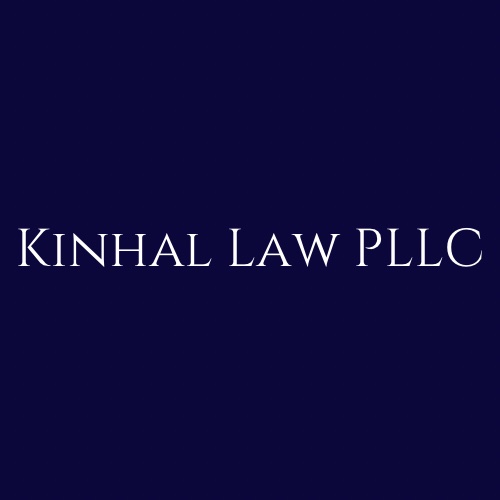If you’ve ever wondered what happens after you decide to trademark your business name, logo, or slogan, you’re not alone. The trademark prosecution process is often misunderstood, and honestly, it can feel overwhelming if you’re new to it. Whether you’re running a trendy café in Hoboken, a tech startup in Newark, or a boutique in Jersey City, knowing what to expect during trademark prosecution can help you navigate it with confidence.
What Is Trademark Prosecution?
Before we dive in, let’s clear up one thing: the term “prosecution” doesn’t mean you’re being taken to court. In trademark law, prosecution simply refers to the process of applying for and securing your trademark with the U.S. Patent and Trademark Office (USPTO).
This process involves submitting an application, addressing any issues that arise during the review, and eventually (fingers crossed) getting your trademark registered. But let’s break it down step by step.
Step 1: Filing the Application
The first step is submitting your trademark application. You’ll need to provide the USPTO with detailed information about your mark, including whether it’s a word, logo, or slogan, the goods or services it represents, and how you’re using (or plan to use) it in commerce.
Here’s where things can get tricky: the description of your goods and services must be precise but not overly restrictive. For example, if you’re running a marketing agency in Garden City, you’ll want your trademark to cover a broad range of marketing services rather than just one niche, like social media campaigns.
You’ll also have to decide whether to file a “use in commerce” application (if you’re already using the mark) or an “intent-to-use” application (if you plan to use the mark in the future). Each option has its pros and cons, but the latter requires additional steps later on.
Step 2: Examination by the USPTO
Once your application is filed, it’s assigned to an examining attorney at the USPTO. This person reviews your application to make sure it complies with trademark laws and doesn’t conflict with any existing registrations.
Here’s the part where many applicants hit a roadblock: the Office Action. If the examining attorney finds issues—like your trademark being too similar to an existing one or your description being too vague—they’ll issue an Office Action outlining the problems.
An Office Action isn’t the end of the world, but it does require a thoughtful response. For example, you might need to clarify how your mark is different from others or tweak your description. Having an attorney by your side can make this step much smoother, as they know how to address these issues effectively.
Step 3: Publication for Opposition
If the examining attorney approves your application (or you resolve any Office Actions), your trademark moves to the next phase: publication in the USPTO’s Official Gazette.
This is essentially a public notice that your trademark is being registered, giving others the opportunity to oppose it if they believe it would infringe on their rights. The opposition period lasts 30 days, and while most applications move forward without opposition, it’s not unheard of for a business to file a challenge.
If someone does oppose your trademark, it triggers a legal process that can get complicated—and expensive. This is one reason why a thorough trademark search at the beginning of the process is so crucial.
Step 4: Registration and Maintenance
Assuming no opposition (or successful resolution of one), your trademark will be registered! But your job isn’t over yet.
To maintain your trademark, you’ll need to file periodic documents with the USPTO to show that you’re still using the mark in commerce. This typically includes submitting proof of use and paying renewal fees. If you don’t stay on top of these requirements, your trademark could be canceled, leaving your brand vulnerable.
Why You Need Guidance
The trademark prosecution process has plenty of twists and turns, and it’s easy to feel lost along the way. From responding to Office Actions to navigating oppositions, having an attorney who understands the process can save you time, money, and stress.
Here at Kinhal Law PLLC, we’ve helped businesses across Jersey City, Hoboken, Newark, Garden City, and surrounding New York and New Jersey communities protect their brands through effective trademark prosecution. If you’re ready to secure your brand’s future, visit www.kinhallaw.com to learn how we can help you every step of the way. Let’s make sure your brand stands out—and stays protected.
